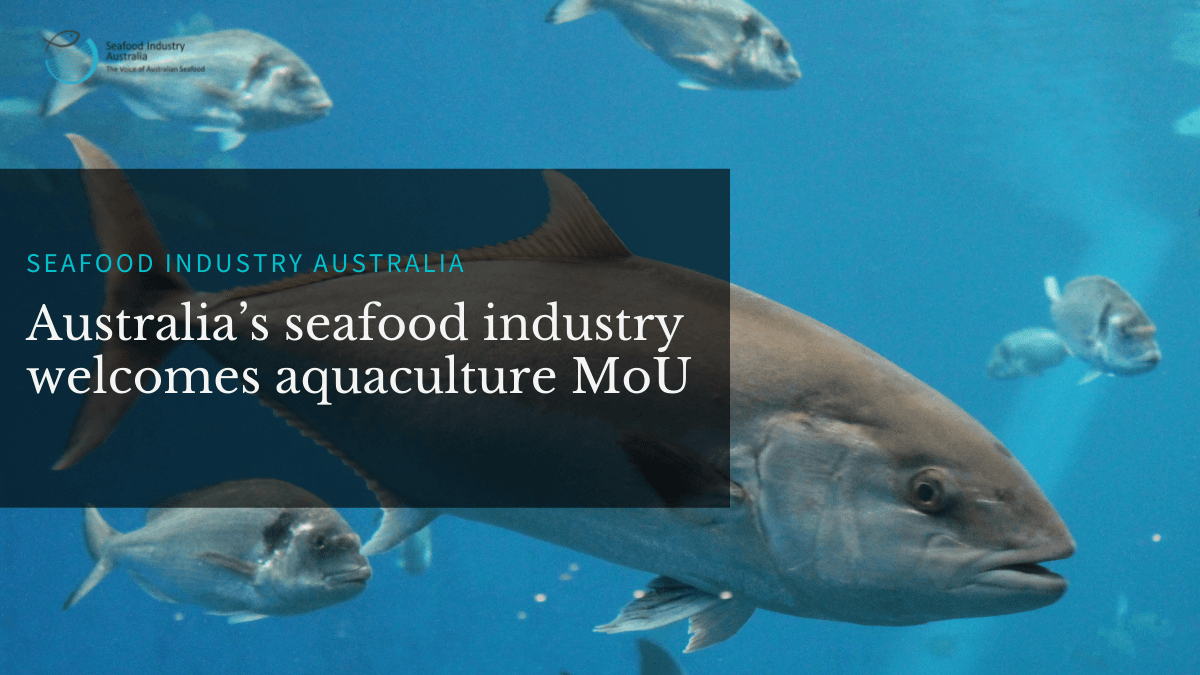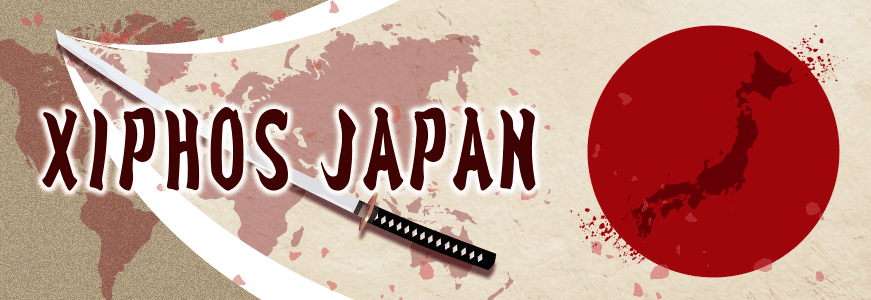
Australia is classified as part of Oceania, which is the smallest continent in the world. The majority of the area of Aseania is in Australia. In a sense, like Japan, Australia is a maritime nation surrounded by the sea.
Australia’s vast area and oceanic regions have in recent years seen a thriving fishing industry that not only enjoys the bounty of nature but also produces and increases fish and shellfish, and is highly regarded both domestically and internationally.
With its vast waters and diverse climatic zones, the country is using its potential as a maritime nation to accelerate its entry into the global market with sustainability and high value-added products.
1. aquaculture = from a risk asset to a ‘strategic growth industry’
Aquaculture in Australia used to be a subsidiary industry dependent on natural resources. In recent years, however, it has attracted attention as a **nationally driven ‘growth industry’**, linked to national agricultural policies, climate change initiatives and export growth strategies for Asian markets.
🔹Domestic aquaculture industry output value: approximately AUD 1.9 billion (2023).
🔹Percentage of total aquaculture production: approx. 52% (more than fishing)
🔹Employment: approx. 10,000 direct and indirect jobs (close to local economy)
Three fish species in particular, salmon, barramundi and kingfish, are the main earnings drivers
Profit structure and export trends by fish type.
■ Atlantic salmon (Tasmania)
Largest source of revenue (approx. AUD 1.1 billion)
Main companies: Huon Aquaculture, Tassal, Petuna
Sea surface aquaculture, but balance management with the seabed environment is required and is also attracting attention from an ESG perspective.
Exports to Japan, Singapore and China are expanding.
Barramundi.
Dual use in fresh and brackish water, fast growing and highly efficient for aquaculture.
Highly sustainable and disease-resistant, and is gaining worldwide attention as the **‘next generation of whitefish’**.
Key players: MainStream Aquaculture, Humpty Doo Barramundi.
Contracts with Japanese and US food and beverage chains are on the rise.
Yellowtail Kingfish.
Specialising in high-end restaurants and sashimi demand
South Australia’s Clean Seas Seafood has established a global brand
Sustainable, high-growth species with potential to compete with the Japanese yellowtail market.
Aquaculture ‘going technological’ at a rapid pace
Smart Aquaculture:
Real-time water quality monitoring using sensors
AI-based feeding optimisation algorithms
Fish population monitoring by drones and underwater robots
Closed-loop recirculating aquaculture (RAS: Recirculating Aquaculture System):
Fully controlled, recirculating aquaculture in land-based facilities rather than in the sea
Significantly reduces disease risk and incorporates wastewater purification to enable urban sustainable aquaculture.
Feed innovation:
Fishmeal substitutes (e.g. insect-derived protein, algae-derived DHA)
CO₂ emission reduction models using plant-based raw materials
All of these have been the subject of venture capital (VC) investment, with an active flow of funds into aquatech start-ups.
- Regulation, certification and brand buildingThe Australian Government and the states have strict regulatory and traceability systems in place to ensure international trust through the following certifications
| Certification | Contents |
| ASC(Aquaculture Stewardship Council) | For sustainable and socially responsible aquaculture operators |
| BAP(Best Aquaculture Practices) | Standards for international exports |
| Australian Government’s own eco-certification | Mandatory state-based wastewater and ecological impact assessments |
As a result, Australian seafood is gaining brand strength as **‘safe, secure and environmentally friendly’**.
- Opportunities and risks of business entryOpportunities for entry:
Fish species that are highly compatible with the Japanese market (for sashimi, grilled and fried)
Joint ventures/licensing agreements with local companies
Start-up investment (aquatech, biofeed)
Agriculture x tourism = can also be developed in the aqua tourism sector
Risks to be aware of:
Changes in the marine environment (rising sea temperatures, ocean acidification)
Social monitoring by animal protection and environmental groups
Exchange rate fluctuations, rising logistics costs
Complexity of licensing/legal compliance (varies from state to state)
The future of the oceans is moving into the age of raising fish
As our dependence on natural marine resources approaches its limits, the paradigm is shifting from an era of ‘catching’ fish to one of ‘raising and selling’ fish. Australia’s aquaculture industry is a rare model in the world, combining natural abundance, advanced technology and rigorous governance.
And it is not just a primary industry. It represents a modern blue economy, where technology, the environment and brand strategy intersect.
For Japanese companies, too, it is a place where food culture is integrated and where future business tips are likely to be found.







